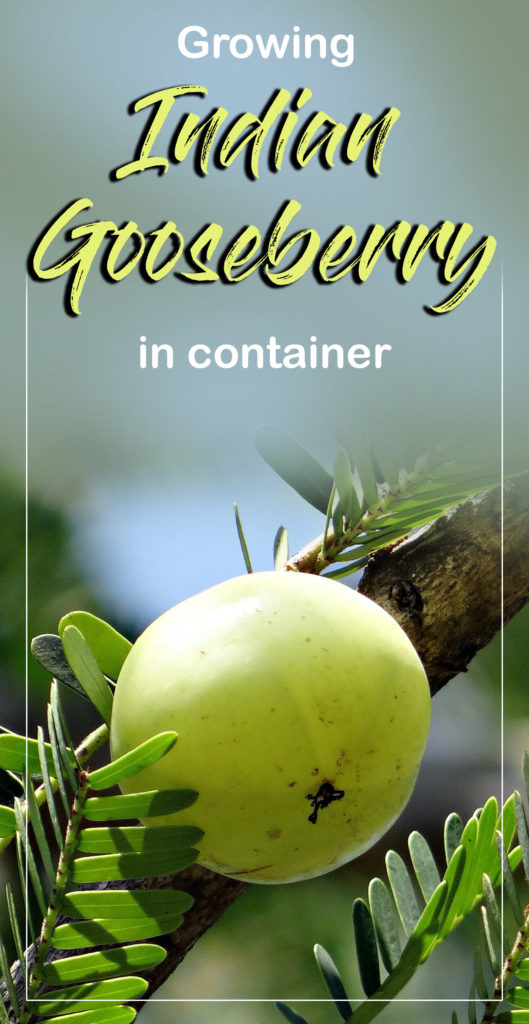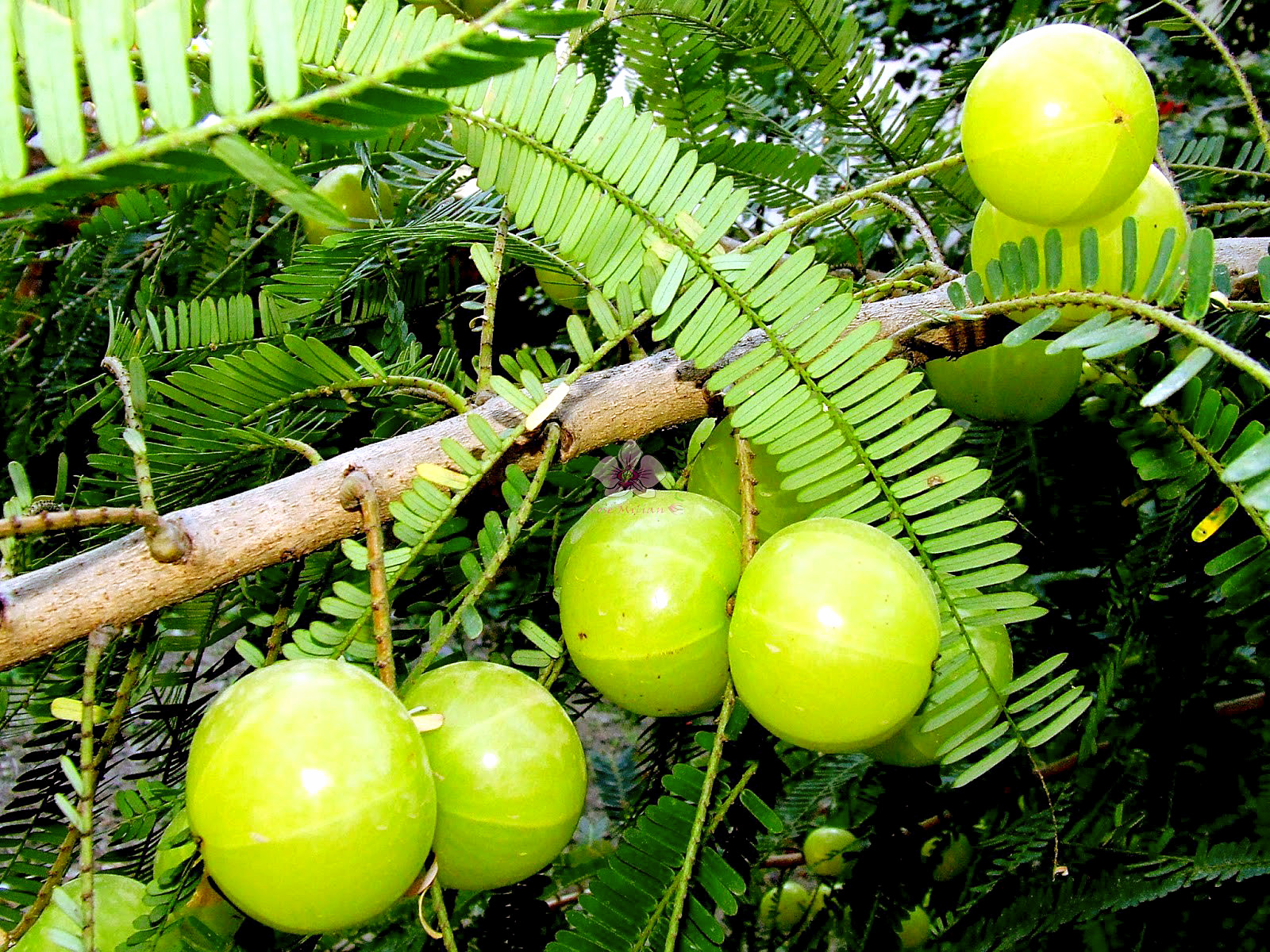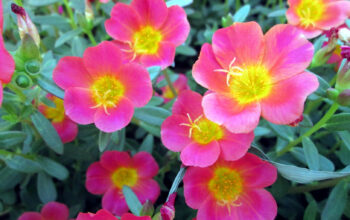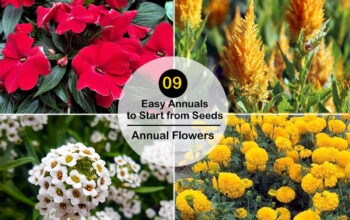Indian gooseberry tree (Amla)
Indian Gooseberry (Amla) is a very popular medicinal plant, which is the highest cultivated in India. Amla is grown in India’s dry areas of Madhya Pradesh, Uttar Pradesh, Rajasthan, and Tamil Nadu. India’s warm climate is suitable for this. Learn the Growing Indian gooseberry tree in a container, How to grow Amla from seed, Propagation of Amla, and more about the phyllanthus emblica plant in this article.
About Amla tree
It is a medium-sized tropical tree that can reach up to a height of 18 meters. It grows best in the USDA hardiness zone 10-11. Its leaves are thin, linear, and long-sized, which contain fragrance. Its fruits are round and yellow. Phyllanthus emblica prefers full sunlight and dense soil. It can tolerate temperatures above 46 degrees in summer. seeding usually done in April. Amla is a rich source of vitamins, which is used in a large number of Ayurvedic medicines such as chyavanaprash, Triphala churna, and Brahma Rasayana, etc.
Classified
Scientific name Phyllanthus Emblica
Common name Amlaki, Indian gooseberry
Plant type Fruit
Sun required Full Sun
Soil Loam soil / well-drained
Soil pH Well-drained / loamy
Zone 10-11
Propagation of Amla
Mostly seeds can grow Indian gooseberry. Which germinates strongly, and develops very quickly. However, it takes 7-10 years to give this result. you can develop this tree by budding or air-layering. You can also bring a healthier plant located near the nursery.
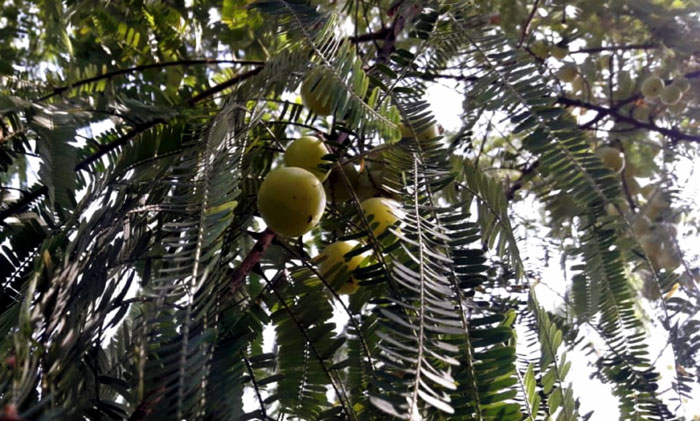
Growing Indian gooseberry tree in a container
- Do not allow plants to become root bounds like you know that the roots have become wide and spread into the pot and reach the edges. Transplant it before the situation comes.
- To transplants the plants, select a 10-inch wide container, then transplant them when the stem diameter becomes 1/4 inch, it can take approximately 4 months.
- Keep the implanted plants Take out partial sunlight rather than the partial sun in frost-free areas.
- Gradually keep the trees in high sunlight for approximately 1 month. Because these plants grow well in full sunlight.
- Then you can plant this outdoor. You can put it outdoor at any time in frost-free areas. If you want to plant phyllanthus emblica in the container, choose a large size container in the cold area, you can keep it inside the house. Read more.
How to grow gooseberry from seed
- After harvesting the fruits of Amla, dry it in the sunlight. When the fruit gets dry, remove the peel. After removing the peel, there is a hexagonal rigid armor inside it, removing the armor small seeds are released.
- Take this seed by taking water in a bowl and pouring this seed. Leave the seed in water for 12 hours. Remove the seed and immediately prepare to sow it.
- To prepare the soil, take the potting mix and half the quantity of manure and mix them. Fill this mixture in the sowing pot. In each pot, place the seeds of Indian gooseberry in a depth of 1/4 inches. Add water to the mixture of soil until it becomes completely moderately moist.
- Keep watching the mixture of soil and if the mixture looks dry, then immediately pour water. Avoid drying the soil, but Do not get soggy.
- Place the container inside a large window or keep it in a lightly shaded cold place. put the pot on the propagation mat.
Watch the seedling for 3 weeks. After the germination of the seed removed from the propagation mat. - Let Indian gooseberry grow seedlings in partial shade in the beginning summer. Give at least 2 inches of water each week. Then slowly put them in the direct sun, when the arrival of autumn then transplant it into the ground or container.
Watering
Indian gooseberry tolerant dries, but needs to be given regular water during the first two years. But do not let the soil wet constantly. During the spring and summer, it requires water in the growing season. Give it plenty of water once in 15 to 20 days. Sprinkler- Irregatting each week. It does not require water during the winter and fall.
Fertilizing
Provide fertilizer with 1 to 1/2 ounces of nitrogen each year of the tree age. If you develop it yourself at home then you should use organic manure.
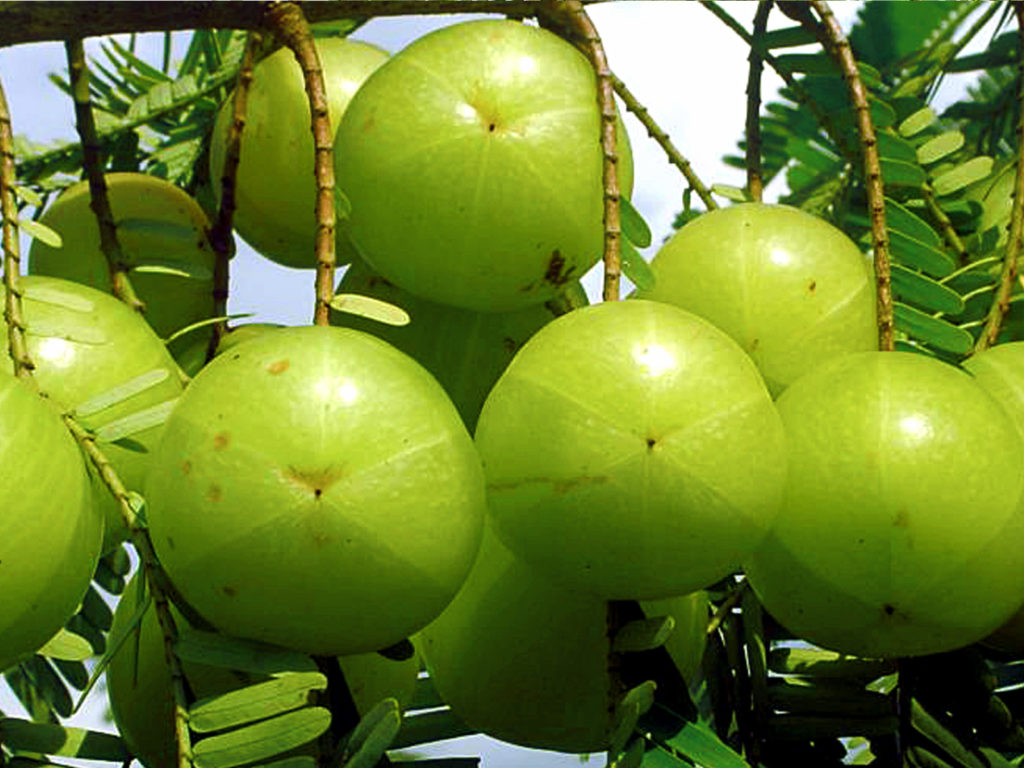
Harvesting of Amla
Fruit production begins after Amla plants are 7-8 years old. In the beginning, the fruit is light green, and as soon as it gets mature it turns green to yellow. The highest production of fruits is in February. Mature fruits are hard and do not fall from the slightest stumble. Use the long bamboo with a hook to harvest the fruit.
Pest and diseases
Common insect caterpillars, mealy bugs, aphids, and other garden insects can damage phyllanthus emblica.
Read also: Growing Blueberry in a container, How to grow Raspberry in a container. Growing celery in containers. Cantaloupe growing and care tips. The best filler plants for container gardening. Top 10 fruits to grow in containers. 10 best vegetables to grow in pots. How to grow anthurium plant.
Happy gardening..
For Pin:
